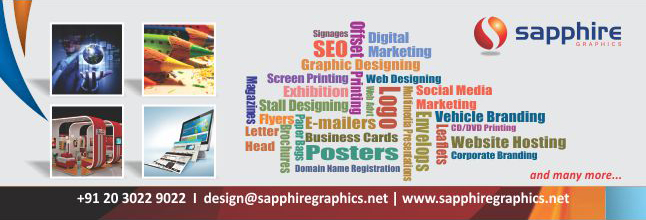Logo Design Basics
Logos represent the identity of an organization, product, brand, or idea.
Guidelines of Logo Design
A logo should clearly represent an organization’s identity.
- Keep it simple, keep it simple, keep it simple
- Logos should be effective at a large and small scale
- Logos should be effective in color and black & white
Keep it simple – The evolution of the Apple logo. Sometimes less information is more powerful.
Good logos should be effective at a large and small scale – Which set of logos is the most effective at both scales?
Effective at a large and small scale – A good logo should be effective on a billboard and a business card.
A logo should be effective in color or black & white.
Logo may be Descriptive or Symbolic.
Fonts and Color – Fonts and color can represent or describe and idea.
Fonts can be descriptive – The bold and capitalized text in these logos inspire confidence in the brands.
Color can be descriptive – such as Red and yellow produce the most stimulating color combination, creating a sense of urgency and hunger. Brown literally represents the historic color of packing paper as well as the sense of being solid and reliable.
Logo Design Process – Logo design can be divided into a few simple steps.
- Research and brainstorm
- Think about fonts
- Turn your ideas into forms and identify color
- Finalize design
Research and brainstorm
- Analyze and define what you are trying to represent
- Think, write, and sketch
- Develop a list of attributes and characteristics that best represent your goals
- Every thought and idea is relevant in this stage
Fonts
- Type the name of your company, product, or organization in several different fonts.
The personality and attitude change with each font.
- Experiment with serif, sans serif, and novelty typefaces. Think of the type as an image.
- Choose a few directions that seem appropriate, and start combining type with icons or symbols.
- Try typing in uppercase and lowercase. Capital letters can make a mark look more serious or formal, while lowercase letters often feel more casual and relaxed.
Forms and Color
- Try starting with icons and symbols that are recognizable, but add a personal twist for your company, logo, or group.
- Combine letterforms with graphic and color elements to create a unique logotype.
- There are many viable solutions when designing a logo. Don’t be afraid to try several different directions.
Finalize Design
Think about how your logo will be used and create a simple logo to avoid potential problems as your logo goes public.
Final Design
From T-shirts and websites to buildings and vans, logo applications are endless.
Logo Re-Design
Logos are meant to be timeless, but when a company wants to represent change, highlight services, or apply a fun theme, how do they keep their graphic identify?
- Re-shaping an identity
- Distinguishing services
- Applying a theme
Re-shaping an identity
Walmart unveiled a new logo in 2008. The star between “Wal” and “Mart” was removed to make the name more approachable. The starburst, which resembles the sun or a flower, was added to reinforce the company’s new environmental focus.
Distinguishing services
FedEx provides various services. These services have been distinguished by changing the color of the “Ex” while keeping loyal to the original logo and retaining the basic structure. Note the arrow in the negative space between the “E” and”x “ in the Fed Ex logo.
Applying a theme
Designers have adapted the iconic Olympic rings to reflect the location and theme of each host city.
Designers have adapted the Google logo to represent unique themes. The brand is still recognizable because the designers incorporated the original font, colors, or format of the Google logo.
Designers and artists have taken the classic MTV logo and created playful designs to reflect the youthful audience it wants to attract.
www.sapphiregraphics.net

